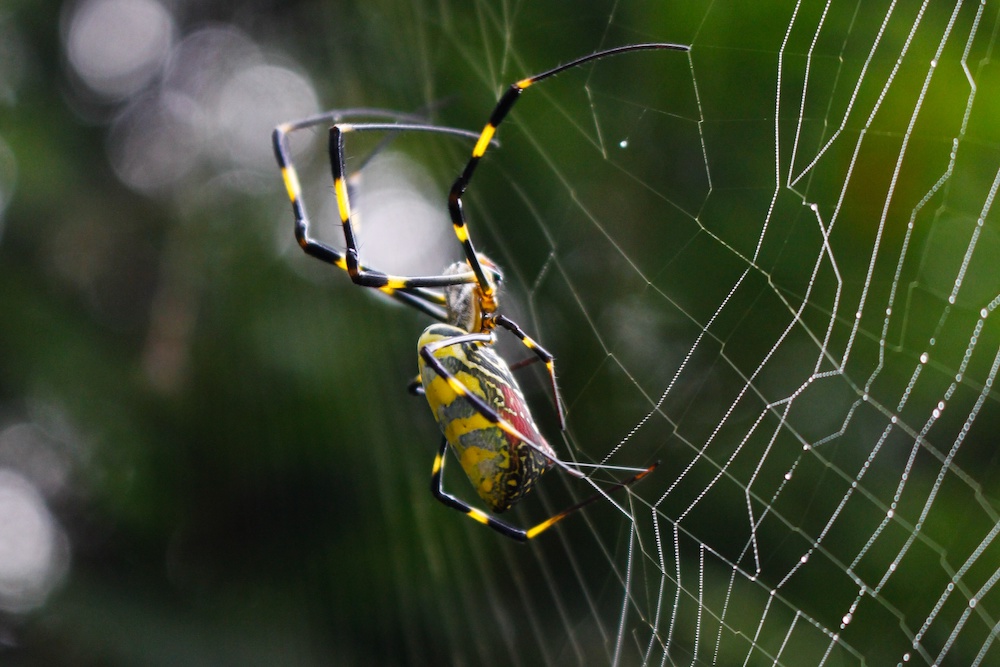 CAES News
CAES News
Joro Watch Initiative
They have been described as palm-sized, parachuting creatures with the potential to spread up the East Coast. Now dozens of webs are appearing in trees, on fences and in gardens around the Southeast, and social media and message boards are buzzing with Joro spider sightings. Discussions of eradication methods ranging from chemical sprays to “Joro sticks” are rampant. Joro season is here.

.jpg)
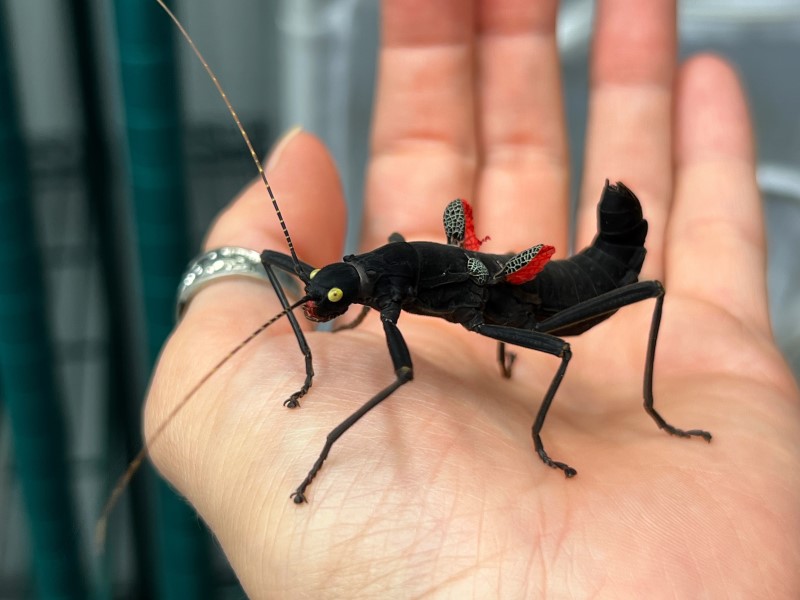
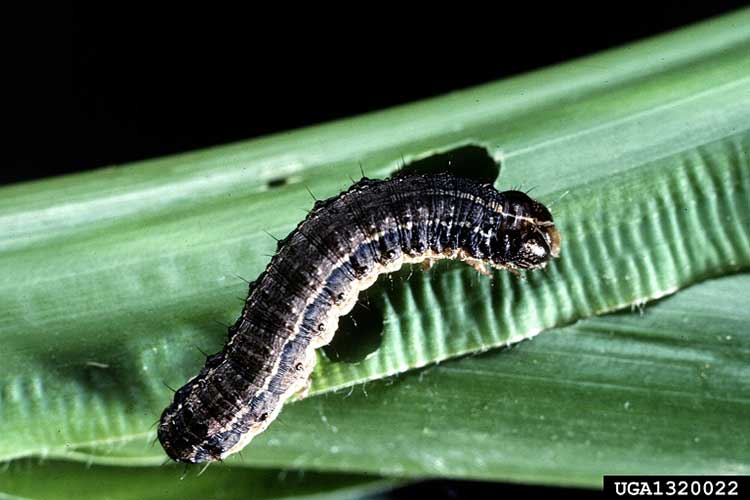
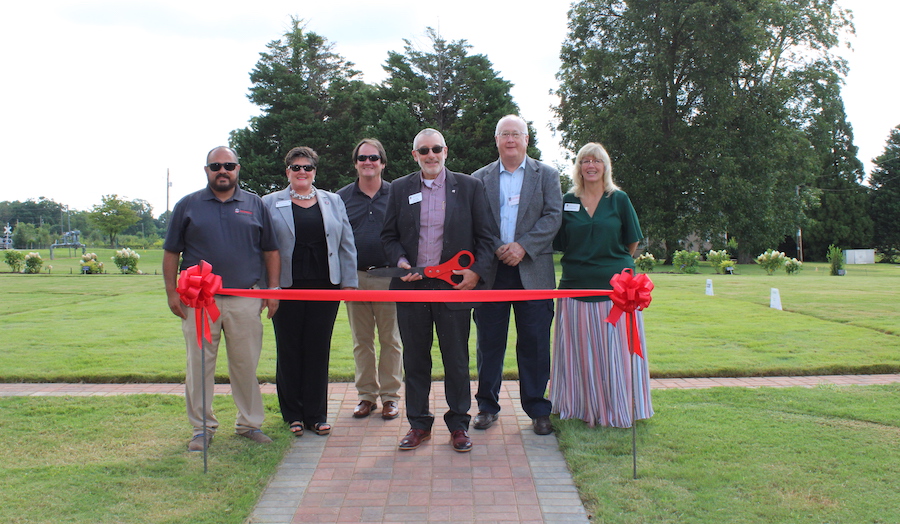
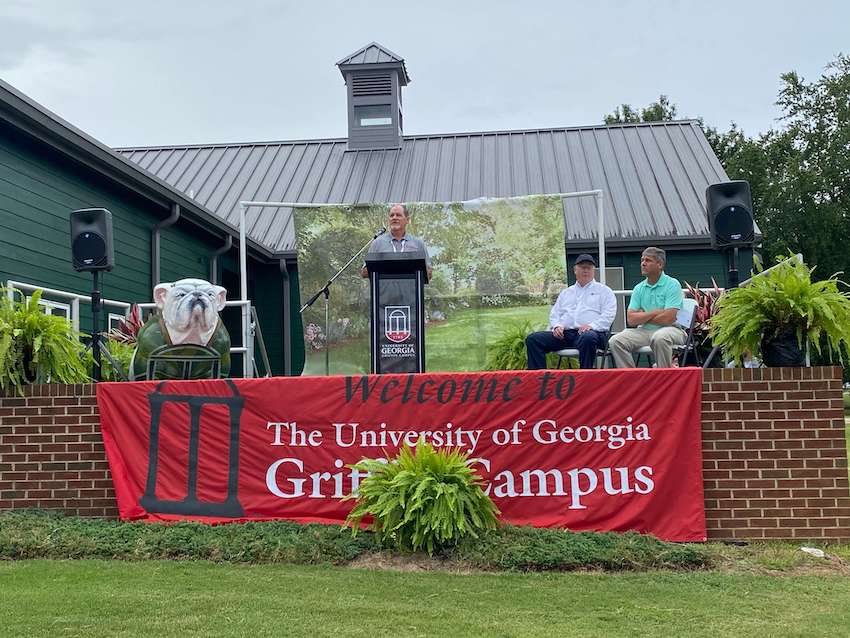
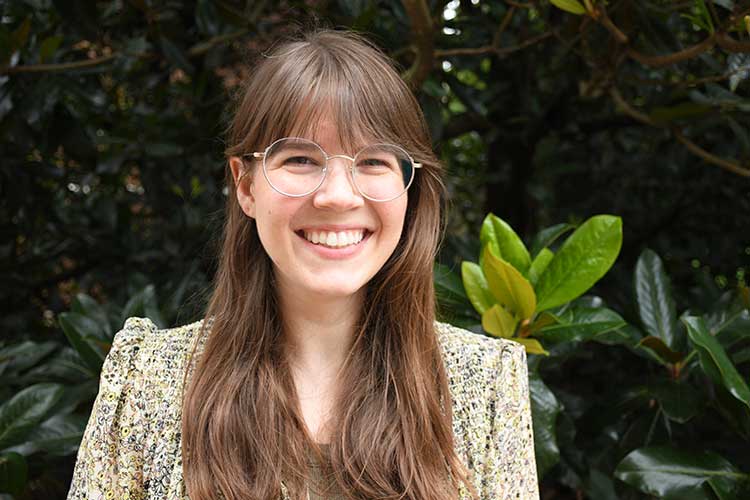
-(1).png)

.jpg)